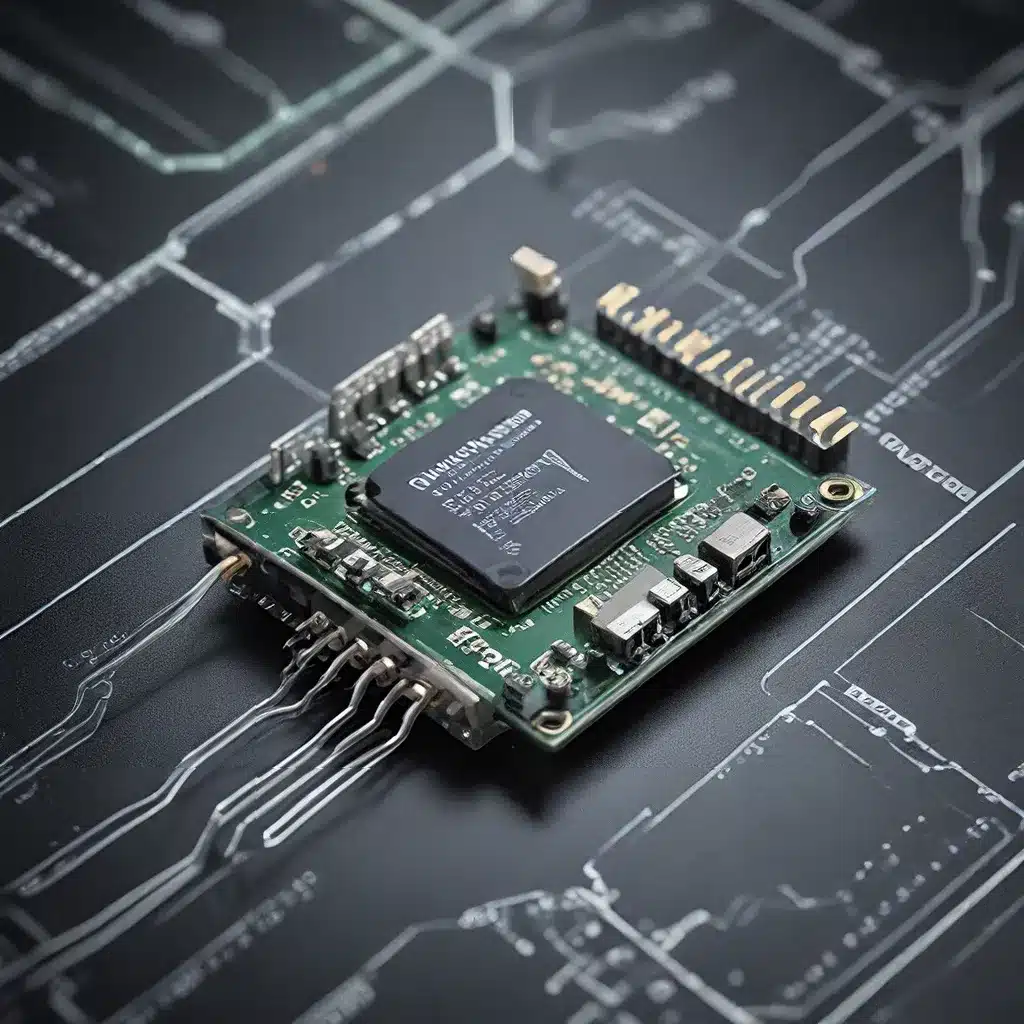
Understanding the Evolution of Sensor Networks and IoT
The rapid advancements in sensor network technology and the Internet of Things (IoT) have paved the way for a more sustainable and interconnected future. As the demand for IoT devices continues to grow, the need for energy-efficient and energy-harvesting solutions has become increasingly crucial.
Traditional IoT devices have often relied on battery power, which can be a limiting factor in terms of operational lifespan and environmental impact. However, the emergence of energy-harvesting sensor nodes has revolutionized the way we power these devices, enabling them to harness energy from their surrounding environment and operate autonomously for extended periods.
In this article, we will delve into the latest developments in energy-harvesting sensor nodes, explore their applications across various industries, and discuss the security challenges and energy management strategies that are shaping the future of sustainable IoT.
Harnessing Environmental Energy: The Rise of Energy-Harvesting Sensor Nodes
One of the key advancements in sensor network technology has been the development of energy-harvesting techniques. These innovative approaches allow sensor nodes to capture and convert ambient energy from their surroundings, such as solar, thermal, wind, or vibration, into usable electrical energy to power their operations.
Energy-harvesting sensor nodes are designed to be self-sustaining, reducing the reliance on traditional battery-powered systems and minimizing the need for manual battery replacement or recharging. This not only enhances the longevity and reliability of IoT deployments but also contributes to a more environmentally friendly and sustainable ecosystem.
The integration of energy-harvesting technologies with sensor nodes has enabled a wide range of applications, from smart city infrastructure and industrial automation to environmental monitoring and healthcare solutions. By harnessing the energy available in their surroundings, these sensor nodes can be deployed in remote or hard-to-reach areas, expanding the reach and versatility of IoT networks.
Powering the Next Generation of IoT Devices
The advancements in energy-harvesting sensor nodes have paved the way for the development of the next generation of sustainable IoT devices. These devices are designed to be eco-friendly, energy-efficient, and wirelessly connected, enabling a seamless integration of sensor data with cloud-based platforms and data analytics tools.
One of the key aspects of these next-generation IoT devices is their manufacturing process. By leveraging sustainable and eco-friendly materials, as well as additive manufacturing techniques, these devices can be produced with a lower environmental impact, reducing waste and minimizing the carbon footprint associated with traditional manufacturing methods.
Moreover, the integration of wireless connectivity technologies, such as Wi-Fi, Bluetooth, or low-power wide-area networks (LPWAN), allows these energy-harvesting sensor nodes to transmit data without the need for physical wiring, further enhancing their flexibility and deployment capabilities.
Security Considerations in IoT Sensor Networks
As the adoption of IoT devices and sensor networks continues to grow, the importance of security has become increasingly paramount. Cybersecurity threats, such as hacking, data breaches, and unauthorized access, pose significant risks to the integrity and reliability of these systems.
To address these security challenges, IoT device manufacturers and sensor network providers have developed a range of security protocols and encryption techniques. These include end-to-end encryption, secure authentication, and access control mechanisms, all designed to protect the data transmitted by energy-harvesting sensor nodes and prevent malicious actors from compromising the network.
Additionally, the development of secure firmware and software updates has become crucial in ensuring that IoT devices remain protected against evolving threats, maintaining the trust and reliability of the overall sensor network ecosystem.
Optimizing Energy Management for Sustainable IoT
The energy management of energy-harvesting sensor nodes is a critical aspect of ensuring the long-term sustainability and efficiency of IoT deployments. Energy harvesting techniques have revolutionized the way these devices are powered, but managing and optimizing their energy consumption is essential to maximizing their operational lifespan and overall performance.
Adaptive power management strategies, energy-efficient circuit design, and intelligent duty-cycling techniques have become key focus areas in the development of energy-harvesting sensor nodes. These approaches aim to balance the energy generation from the surrounding environment with the energy consumption of the sensor node, ensuring that the device can operate autonomously and reliably for extended periods.
Furthermore, data compression, adaptive sampling, and edge computing capabilities have been integrated into energy-harvesting sensor nodes to reduce the energy-intensive process of data transmission, further enhancing their energy efficiency and sustainability.
Unlocking the Potential of Sensor Networks and IoT
The advancements in energy-harvesting sensor nodes and sustainable IoT devices have opened up a world of possibilities for a more connected and environmentally conscious future. From smart city infrastructure and industrial automation to environmental monitoring and healthcare applications, these innovations are poised to play a vital role in shaping the IoT landscape of tomorrow.
By harnessing the power of ambient energy, enhancing security protocols, and optimizing energy management, the sensor network and IoT industries are paving the way for a more sustainable, reliable, and scalable ecosystem of connected devices. As we continue to witness the evolution of these technologies, the sensor-networks.org community remains at the forefront, driving innovation and fostering the development of the next generation of energy-efficient and eco-friendly IoT solutions.